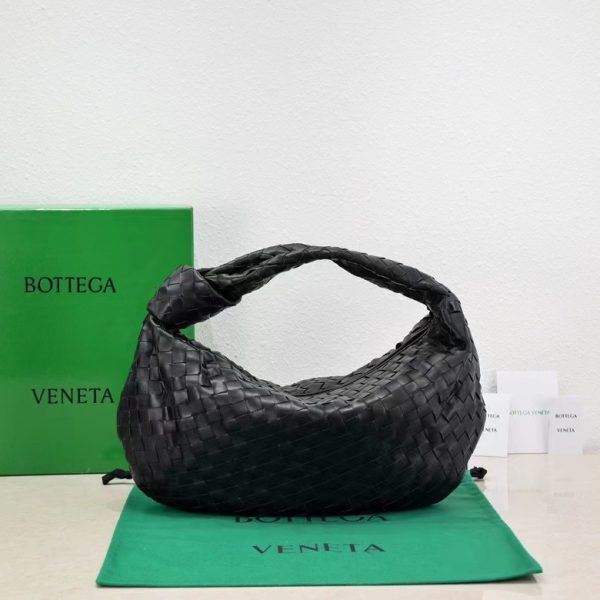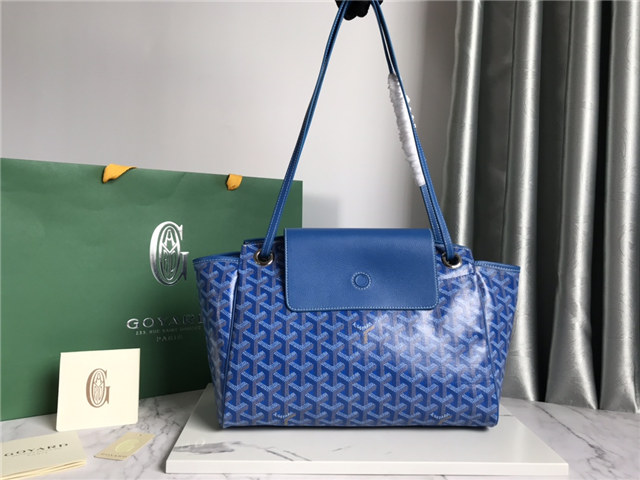So, how do you avoid the ultimate watch-lover humiliation? Well, buckle up, because it ain’t a walk in the park. There’s no single magic bullet, but a bunch of little things that, when they add up, will scream “FAKE!” louder than a toddler denied ice cream.
First off, let’s talk about the *feel*. I mean, seriously, a real Patek is gonna feel like…well, like a million bucks. Or however much you’re actually paying for it, lol. The weight, the smoothness of the winding, the way the bracelet drapes on your wrist – it should all scream quality. A cheap knockoff? It’ll probably feel like, well, a cheap knockoff. Light, flimsy, maybe even a little rough around the edges. Just use your gut! You know, that “this feels wrong” feeling? Trust it.
And then there’s the serial number, the watch’s own unique id. Every real Patek has one, and you can, and SHOULD, try to verify it. The legit ones are crisp and clean, none of this blurry, smudged nonsense you see on the fakes. But hey, even some fake ones have serial numbers now! So it’s not a guarantee, but it’s a start.
Now, let’s get into the nitty-gritty – the dial. Grab yourself a loupe (that little magnifying glass thingy watchmakers use) and take a close look. I’m talking *real* close. The details on a genuine Patek dial are insane. The hands, the little markers (indexes), the numbers…everything is perfect. Like, obsessively perfect. On a fake, you might see slightly off-center printing, a little bit of fuzziness, or even just a general lack of that “wow” factor. Lume (the glow-in-the-dark stuff) is another giveaway. Patek uses top-notch lume, so it should be bright and even. Cheap fakes? They’ll probably use some garbage lume that fades faster than your enthusiasm after a terrible first date.
Oh, and don’t forget to check the movement! I know, I know, most of us aren’t watchmakers. But even a layman like you or me can usually tell the difference between a finely crafted movement and a cheap, mass-produced one. Look for clean finishing, smooth operation, and…well, just general quality. If you can see the movement through the back (some Pateks have display backs), compare it to pictures of genuine Patek movements online. It’s a pain, I know, but it could save you a lot of grief.
Here’s a piece of my personal opinion that’s probably true, if the price is too good to be true, it probably is, duh! I mean, come on, nobody’s selling a real Patek for a steal. If you see a “Patek Philippe” being offered for the price of a used Honda Civic, run. Just run. Don’t even think about it.
And lastly, if you’re seriously considering buying a Patek, get it authenticated by a professional! It’s gonna cost you a bit of money, sure, but it’s worth it for the peace of mind. Think of it as insurance against getting royally ripped off.


















































